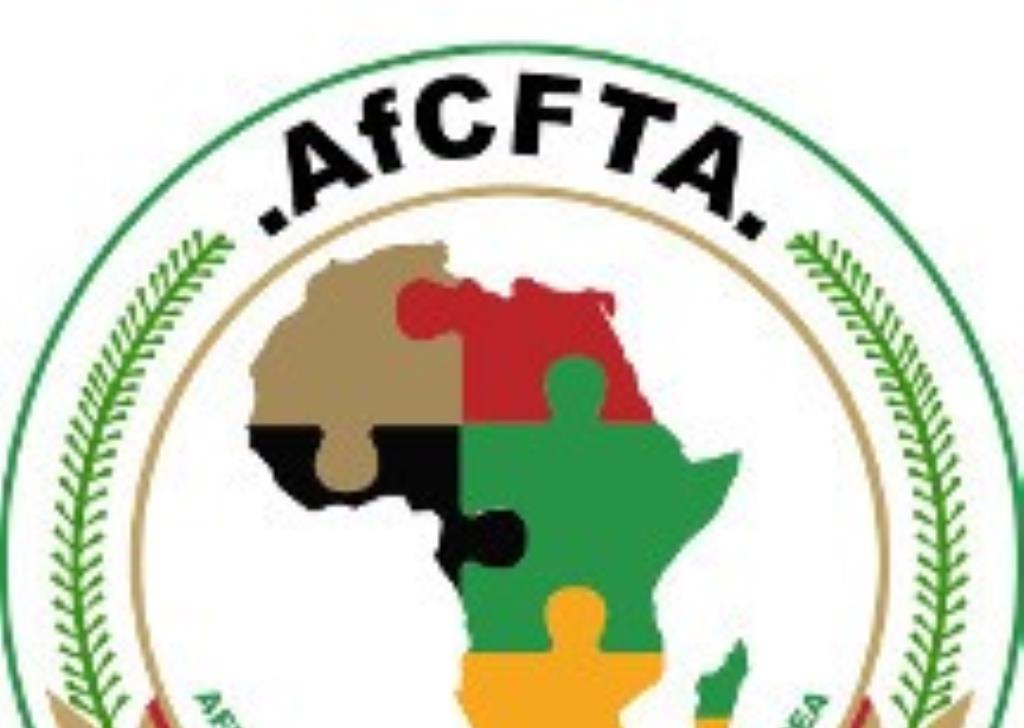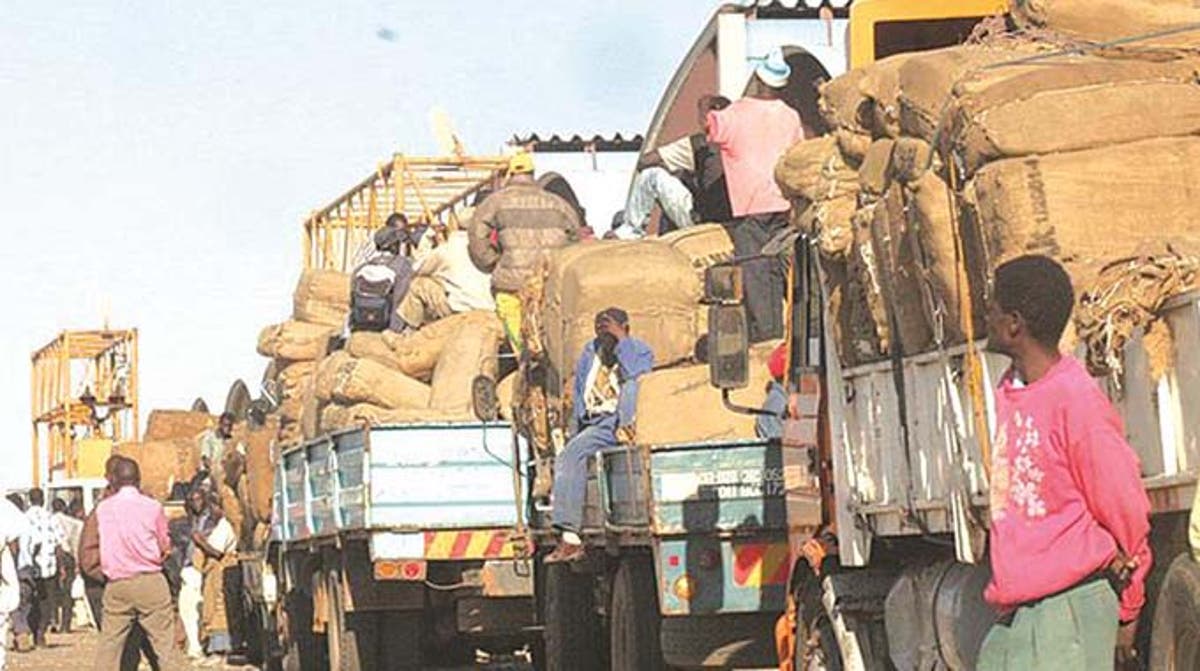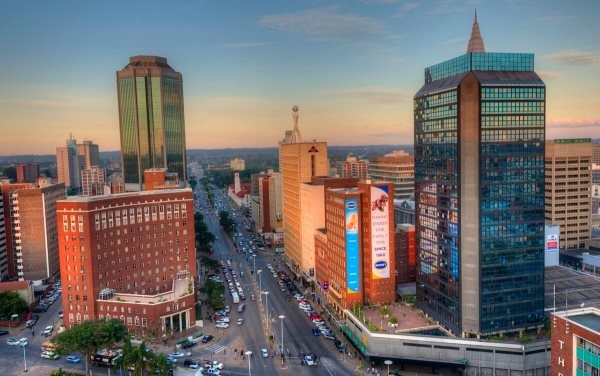CFM to manage Southern Africa Power Pool’s US$1.3 billion fund
Climate Fund Managers (CFM) have been appointed to manage the Southern African Power Pool’s (SAPP) US$1,3 billion Regional Transmission Infrastructure Financing Facility (RTIFF), a facility that will improve energy transmission within and between the 16 SADC member states and with other power pools.
This will generate long-term energy supply security, economic growth and climate resilience through the inclusion of sustainable energy sources.
SAPP is a cooperation of 12 Southern African countries represented by their national power utilities and some private utilities under the auspices of the SADC. SAPP members Angola, Botswana, Democratic Republic of the Congo, Eswatini, Lesotho, Mozambique, Malawi, Namibia, South Africa, Tanzania, Zambia, and Zimbabwe have created a common power grid among themselves.
According to CFM, the new facility will strengthen the Southern African power grid by funding cross-border energy transmission infrastructure, a blended finance mechanism that enables participation of private and public capital at scale as well as ensure access to reliable, affordable and renewable energy for the 16 SADC member states.
Energy transmission infrastructure projects are high-risk and capital-intensive, making them challenging to fund independently through sovereign capital alone.
However, the RTIFF’s blended finance model overcomes this by utilising public capital to balance risk and enable private capital to enter. The facility will improve energy transmission within and between the 16 SADC member states and with other power pools, generating long-term energy supply security, economic growth and climate resilience through the inclusion of sustainable energy sources.
SAPP executive committee chairperson, Victor Mapani, said access to capital is the number one barrier facing developers of energy transmission infrastructure in the region.
“The provision of sustainable power can be distilled into three activities: generation, transmission and distribution. While generation receives the lion’s share of attention, the importance of delivering that power to where it is needed is equally critical.
“RTIFF dismantles this by enabling the private sector to work alongside public sector utilities to roll out new transmission lines at scale.
“We are delighted to have appointed CFM with their strong track record in the African energy sector to establish and manage this innovative facility and to help our member states finally secure a sustainable, resilient energy supply,” he said.
The facility, which launches with US$20 million in commitments from SAPP, targets a first close of US$500 million in 2025 to be raised from public and private sector investors locally and internationally and a final close of US$1,3 billion within 24 months. The facility will have a fund life of up to 20-25 years.
Under the deal, the RTIFF will prioritise projects that focus on connecting currently unconnected SAPP members, help relieve congestion bottlenecks to regional electricity trading, promote inter-continental power trading through transmission corridors and support the adoption of new generation renewable energy space in the region.
RTIFF will provide power companies and project developers working to tackle transmission issues with access to patient capital and development expertise to establish strategic interconnections that allow for increased electricity trade.
Engineer Stephen Dihwa, coordination centre executive director of SAPP said: “RTIFF aims to mobilise the substantial investment capital required to invest in new cross-border transmission infrastructure as well as relevant in-country transmission infrastructure required for regional electricity trading to enable SAPP members to increase and improve trading volumes, alleviate congestion on the existing network, incorporate new and green regional power generation resources, improve reliability and create adequate redundancy in the system.
“Interconnection across SAPP via strategic transmission corridors can save the SADC region an estimated US$37-42 billion in Net Present Value (NPV) by 2040. We have identified eight high-priority transmission projects for RTIFF that will bring economic benefits of US$4,3 billion in NPV.”
RTIFF’s fund architecture will follow the structure of CFM’s flagship emerging market blended finance facilities Climate Investor One, focused on renewable energy generation and transmission, and Climate Investor Two, focused on water, sanitation, and ocean infrastructure.
It will comprise a US$100 million target “Development Fund” to provide concessional capital and development expertise including support on viability studies, legal and financial structuring, planning and ESG compliance and a US$1,2 billion target “Construction Fund” that will make direct investments through the provision of construction finance and value-add expertise for project builds.-ebusinessweekly









